Persian Gulf Islands | A Traveler's Guide to Iran's Coastal
The Persian Gulf Islands refer to a cluster of islands situated in the northeastern section of the Persian Gulf, a significant body of water in Western Asia.
This archipelago is part of the larger geopolitical region commonly known as the Persian Gulf, characterized by its historical, cultural, and economic significance.
Islands in the Persian Gulf are located adjacent to the coasts of countries such as Iran, Kuwait, Saudi Arabia, Bahrain, Qatar, and the United Arab Emirates. Notable islands within this archipelago include Qeshm, Hormuz, Bubiyan, and Abu Musa. The Persian Gulf Islands exhibit diverse geological features, ranging from rugged coastlines to sandy beaches, and are embedded within the broader context of the Arabian Peninsula.
Persian Gulf Importance and Strategic Position
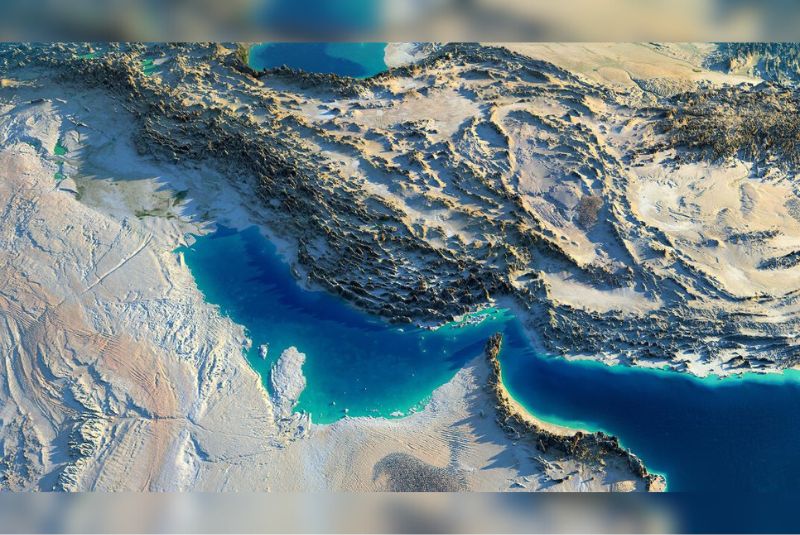
The strategic position of the Persian Gulf Islands map has been historically paramount due to their location at the crossroads of major trade routes. Serving as a gateway to the Persian Gulf, these islands have been integral to maritime commerce and transportation, facilitating trade between the East and the West for centuries.
In addition to their economic importance, the islands hold strategic significance in contemporary geopolitics. Their proximity to major oil reserves in the region makes them crucial for energy security and international trade. Furthermore, the geopolitical dynamics surrounding Islands in the Persian Gulf have given rise to territorial disputes and diplomatic complexities, with nations in the region asserting claims over certain islands, contributing to the broader geopolitical landscape of the Persian Gulf.
| Suggestion: Iranian Caspian Sea
Ancient Civilizations in Persian Gulf Islands
The Persian Gulf Islands situated in close proximity to Mesopotamia, bore witness to the flourishing cultures of Sumerians, Akkadians, and Babylonians. The islands served as crucial trade outposts, fostering cultural exchange and contributing to the economic prosperity of these ancient Mesopotamian societies.
The maritime connectivity between the islands and Mesopotamia played a pivotal role in the exchange of goods, ideas, and technological advancements, leaving an enduring imprint on the historical narrative of the Persian Gulf region.
Persian Empire's Historical Connection
The islands' historical significance further intensified during the era of the Persian Empire. As an integral part of the Persian Gulf, these islands were strategically important for the Achaemenid, Parthian, and Sassanian Empires. They served as vital naval bases and provided a maritime advantage for the Persian Empire, enabling control over key trade routes and bolstering the empire's economic and military prowess.
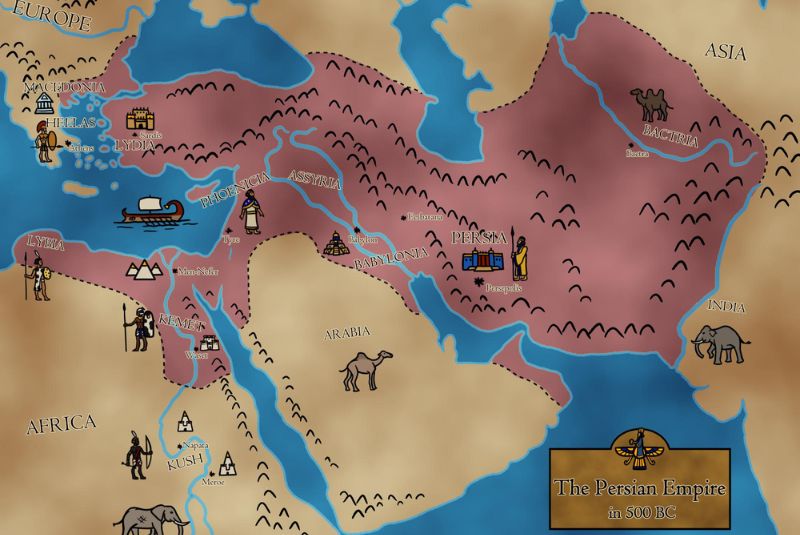
Role during the Islamic Golden Age
During the Islamic Golden Age, the Persian Gulf Islands continued to play a crucial role in the cultural and economic vibrancy of the Islamic world. Their strategic location facilitated trade between the expanding Islamic Caliphate and distant regions, contributing to the flourishing commerce, scientific achievements, and cultural exchanges characteristic of this era.
The islands became centers of learning and knowledge dissemination, fostering intellectual advancements in fields such as astronomy, medicine, and literature. Scholars and traders from various parts of the Islamic world converged on these islands, creating a melting pot of diverse cultures and ideas.
Geography and Climate of Persian Gulf Islands
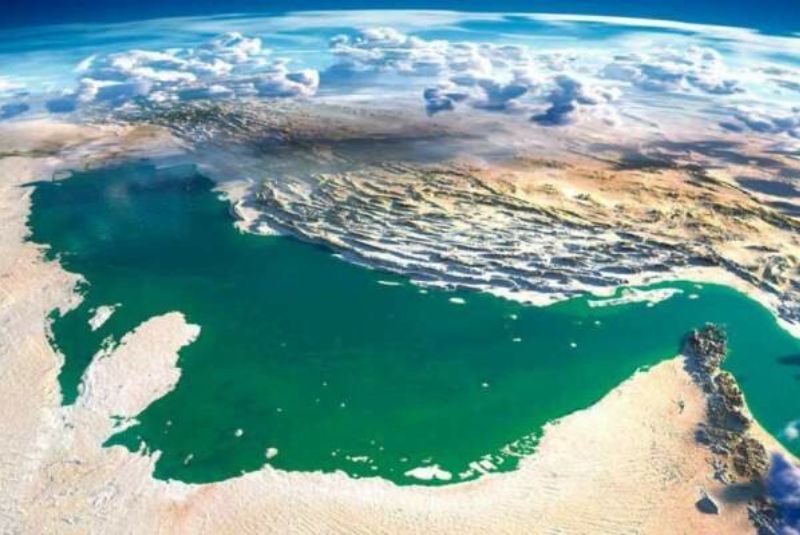
The Persian Gulf Islands owe their existence to intricate geological processes that have shaped the region over millions of years. These islands primarily emerged as a result of tectonic activity, with the Arabian and Eurasian tectonic plates influencing the uplifting and subsidence of land masses. The geological evolution of the Persian Gulf region has led to the formation of a diverse archipelago, characterized by islands of varying sizes and geological compositions.
Volcanic activity, coupled with sedimentation processes, has contributed to the unique topography of the islands. This geological diversity has not only shaped the islands' physical appearance but has also influenced the flora, fauna, and overall ecological makeup of the archipelago.
Climate Characteristics
The climate of the Persian Gulf Islands is predominantly arid, characterized by high temperatures and limited rainfall. Summers are marked by scorching temperatures, often exceeding 40 degrees Celsius (104 degrees Fahrenheit), while winters are relatively mild. The islands experience minimal precipitation, with the majority occurring during the winter months. This arid climate contributes to the unique ecosystems found on the islands, adapted to thrive in harsh, desert-like conditions.
| Read more: Why Explore Iran's Ecotourism Wonders
Persian Gulf Islands Biodiversity and Ecology
Flora and Fauna
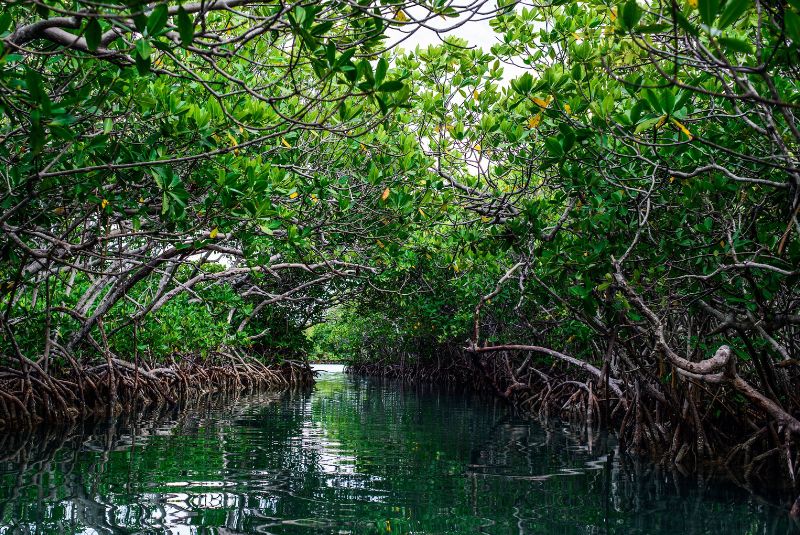
Islands in the Persian Gulf host a plethora of unique flora and fauna, showcasing the biodiversity of the region. Notable among the fauna are migratory birds, including flamingos and herons, that find sanctuary in the coastal wetlands. The islands are also home to reptiles such as the critically endangered hawksbill turtle, which nests on the sandy beaches, contributing to the islands' ecological significance.
The Hara forests on Qeshm Island, comprising Avicennia marina and Rhizophora mucronata mangrove species, are vital for the biodiversity of the region. These mangroves provide essential habitats for numerous fish species, crustaceans, and mollusks, forming a complex and interconnected ecosystem.
| Discover: Iran's Wildlife - A Nature Lover's Guide + Pics
Marine Ecosystems

The marine ecosystems surrounding the Persian Gulf Islands are teeming with a variety of marine life. Coral reefs, including species like Porites harrisoni and Acropora downingi, create vibrant underwater landscapes. These reefs are essential breeding and feeding grounds for diverse fish species, including grouper, snapper, and parrotfish, contributing to the region's rich fisheries.
- Hamour (Epinephelus spp.): A group of grouper species, including the Orange-spotted grouper (Epinephelus coioides), commonly found in the Persian Gulf.
- Safi (Argyrosomus spp.): Also known as the Argyrosomus regius, it is a species of croaker fish present in the region.
- Kingfish (Scomberomorus spp.): Various species of kingfish, such as the Narrow-barred Spanish mackerel (Scomberomorus commerson), contribute to the fisheries.
- Whitetip Reef Shark (Triaenodon obesus): Found in coral reef environments, including those near the Persian Gulf Islands.
- Blacktip Reef Shark (Carcharhinus melanopterus): Another species of reef shark present in the region's coastal waters.
- Indo-Pacific Bottlenose Dolphin (Tursiops aduncus): Known to inhabit the Persian Gulf, often observed in groups near the islands.
- Bryde's Whale (Balaenoptera brydei): This species of baleen whale can be found in the Persian Gulf, occasionally spotted near the islands.
- Penaeid Shrimps: Various species, including the Indian prawn (Fenneropenaeus indicus), contribute to the region's shrimp fisheries.
- Spiny Lobster (Panulirus spp.): Several species of spiny lobster, such as the Persian Gulf spiny lobster (Panulirus homarus), inhabit the coastal waters.
| Suggestion: Iran’s Top 10 Seas and Lakes to Explore
Persian Gulf Islands Human Inhabitants
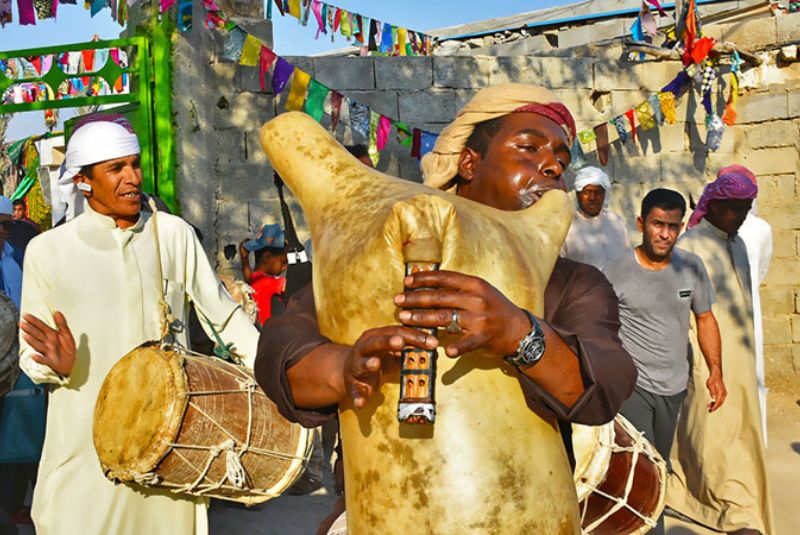
The human population inhabiting islands in the Persian Gulf has undergone dynamic changes over the years. Historically, these islands were sparsely populated, with communities engaged in fishing and trading activities. In recent decades, however, population trends have witnessed growth, driven by economic development, urbanization, and government initiatives. Urban centers on islands such as Qeshm have experienced population increases, reflecting the broader demographic shifts in the region.
Ethnic and Cultural Diversity
The human inhabitants of the Persian Gulf Islands represent a mosaic of ethnicities and cultures. The islands are home to diverse communities, including Arabs, Persians, Baloch, and others, contributing to a rich cultural tapestry. Each ethnic group brings its unique traditions, languages, and customs, creating a harmonious blend that reflects the historical interactions and cultural exchanges that characterize the region.
Fishing and Agriculture
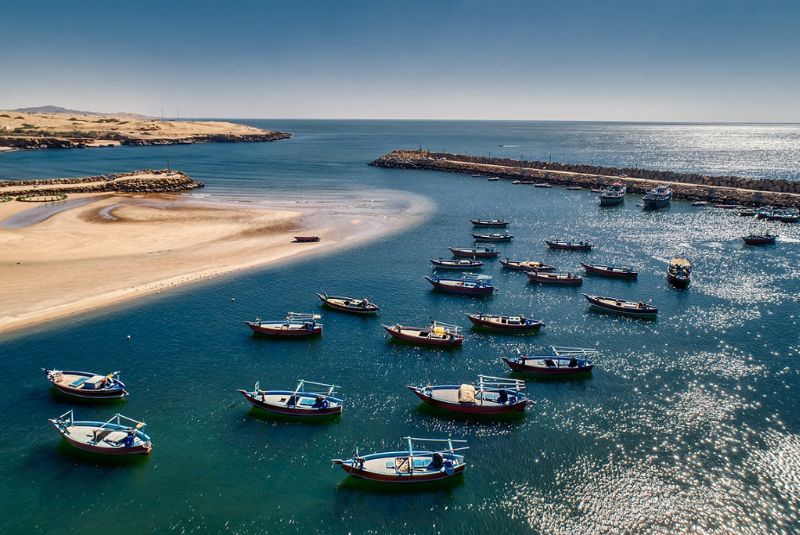
The traditional livelihoods of the inhabitants of the Persian Gulf Islands have long been intertwined with fishing and agriculture. Fishing communities rely on the rich marine resources surrounding the islands, engaging in activities such as pearl diving, traditional fishing, and more recently, commercial fishing. Agriculture, though challenging in the arid climate, includes practices such as date palm cultivation and the cultivation of other drought-resistant crops.
Tourism and Trade
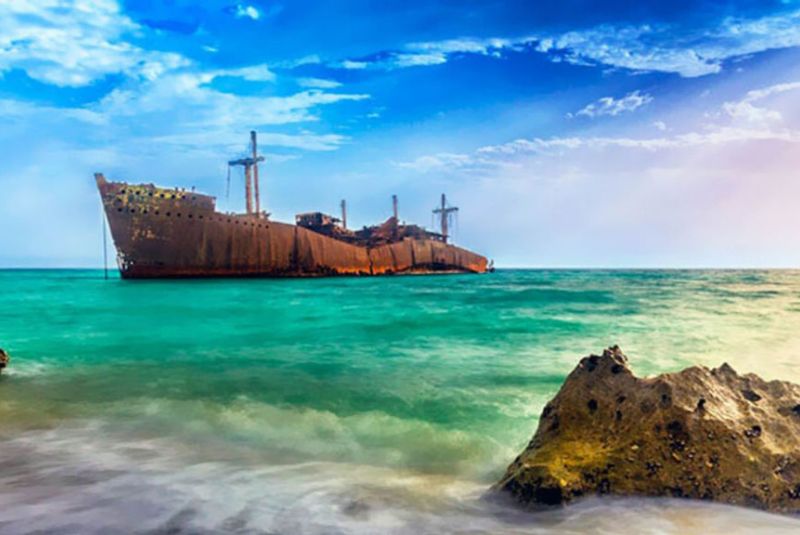
In recent years, there has been a notable diversification of economic activities, with tourism and trade playing pivotal roles. The islands' unique landscapes, historical sites, and cultural heritage attract tourists, contributing to the local economy. Furthermore, the strategic location of the Persian Gulf Islands has positioned them as important hubs for trade and commerce. Ports and free trade zones on islands like Bahrain and Qeshm have bolstered economic activities, facilitating international trade and investment.
| Related tours:
The Persian Gulf Islands in Iran
Iran has several islands in the Persian Gulf, each with its own unique characteristics and significance. Some of the notable Iranian islands in the Persian Gulf include:
Qeshm Island

Qeshm, the largest island in the Persian Gulf, stands out for its rich and diverse ecosystems. At the heart of its natural wonders are the Hara forests, recognized by UNESCO as a biosphere reserve. These mangrove forests not only harbor a unique variety of marine life but also serve as crucial breeding grounds for migratory birds. Also the Stars Valley (Tangeh Chahkooh) is a unique geological formation with bizarre shapes and crevices created by erosion.
Beyond its natural beauty, Qeshm preserves a historical tapestry with sites like the Portuguese Castle and traditional villages, offering a glimpse into Iran's cultural heritage. The island's atmosphere is one of tranquility and connection with nature.
| Read more: Qeshm Tourist Attractions
Kish Island
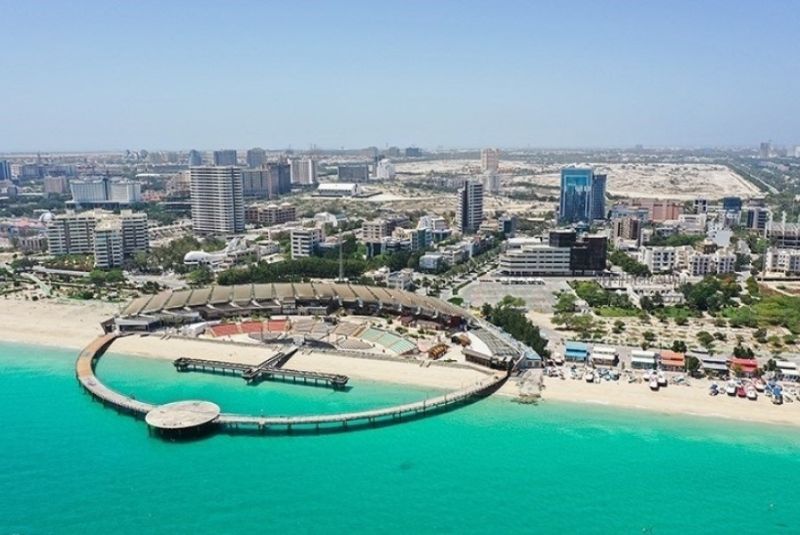
Kish Island, a renowned tourist destination, combines natural beauty with modern amenities. Its warm and dry climate makes it a year-round attraction. The island is a free trade zone, drawing visitors with its duty-free shopping opportunities. Kish's appeal extends to its stunning beaches, vibrant coral reefs, and azure waters that support diverse marine life.
Away from the coastline, the island offers a mix of recreational activities, from water sports to exploring attractions like the Greek Shipwreck. Kish has become a melting pot of cultures, attracting international tourists seeking a blend of traditional Iranian charm and contemporary luxury.
- Kish Coral Beach: A beautiful beach with clear waters and coral reefs, ideal for snorkeling and scuba diving.
- Greek Ship: The wreckage of a cargo ship that ran aground in the 1960s, now a popular tourist attraction.
- Dolphin Park: A marine park where visitors can watch dolphin shows and interact with these intelligent creatures.
| Read more: Kish Island Tourist Attractions
Hormuz Island
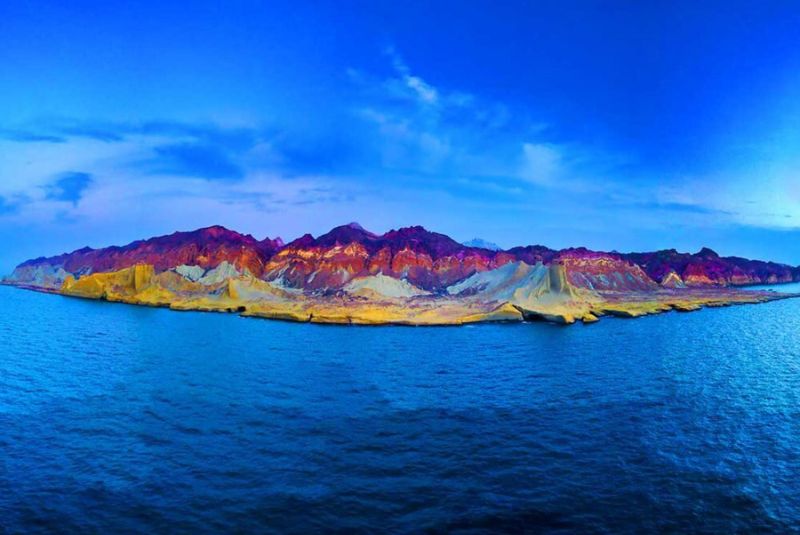
Strategically guarding the entrance of the Persian Gulf, Hormuz Island is a captivating destination with a distinctive landscape characterized by its vibrant red soil. The island is famous for the Rainbow Valley, a geological marvel showcasing a spectrum of colors. Historically, Hormuz played a crucial role as a bustling port for trade. While its historical significance is evident in remnants of ancient civilizations, the island's natural beauty steals the spotlight. Hormuz offers a unique blend of history, natural wonders, and a serene environment.
| Read the full article: Hormuz Island Attractions, Iran's Red Island
Abu Musa
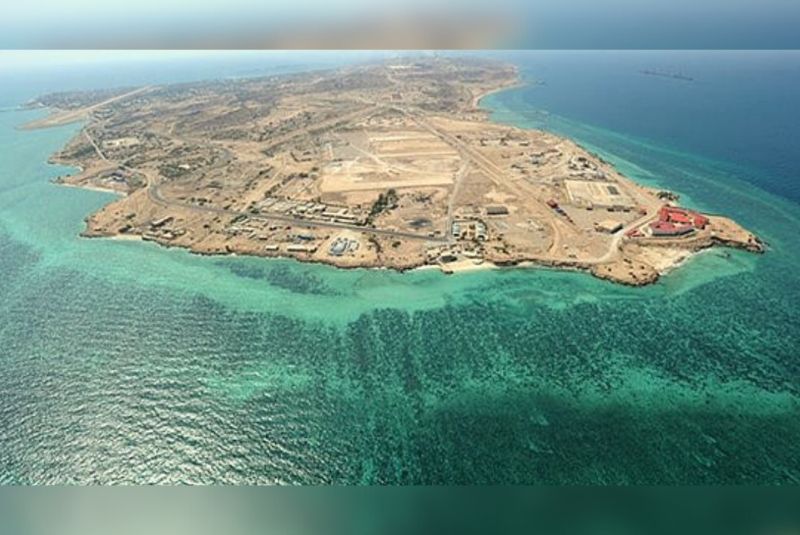
Abu Musa, a disputed island claimed by both Iran and the UAE, occupies a strategic position near the Strait of Hormuz. Beyond its geopolitical significance, the island is characterized by a mix of cultures influenced by both Iranian and Arab elements. Military facilities add to the island's complexity, reflecting its importance in regional security. The dispute over Abu Musa underscores its strategic importance in the geopolitics of the Persian Gulf.
Greater and Lesser Tunbs
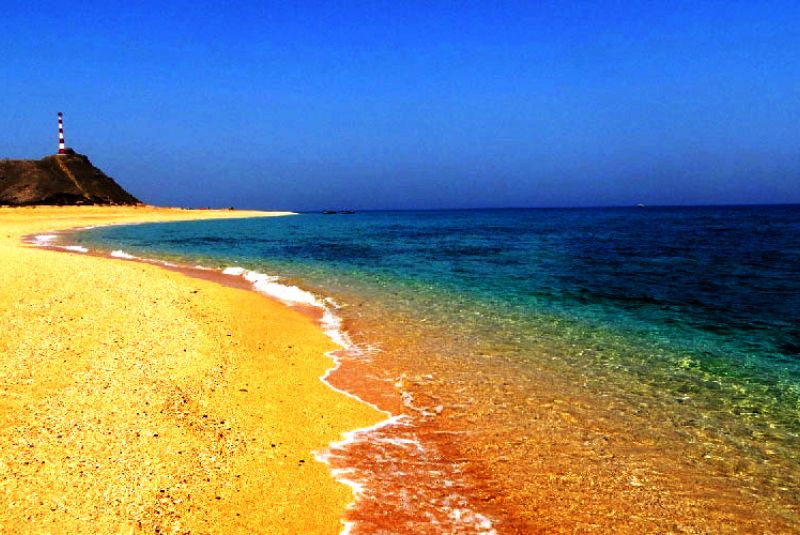
The islands mired in territorial disputes between Iran and the UAE, are strategically positioned near the entrance of the Persian Gulf. Their geopolitical significance is underscored by their location, impacting regional dynamics. While information about their specific natural features is limited, these islands hold strategic importance due to their proximity to key maritime routes. The dispute surrounding the Greater and Lesser Tunbs reflects broader regional tensions and interests in the Persian Gulf.
Persian Gulf Local Dishes and Specialties

The culinary delights of the Persian Gulf Islands include fresh seafood taking center stage, with dishes like "Mahi Sefid Kebab" and "Ghalieh Mahi" showcasing the region's bounty. The island's agricultural heritage is reflected in date-based delicacies, with the local favorite "Ranginak" blending dates, walnuts, and flour. Experience a variety of freshly baked bread, including "Sangak" and "Barbari," from traditional ovens, adding to the meal's appeal. "Balaleet" offers a delightful mix of sweet and savory vermicelli noodles infused with saffron, cardamom, and occasionally topped with a fried egg. The cherished tradition of enjoying "Chai Hafli," a traditional tea served with dates, nuts, and local sweets, underscores the cultural significance of tea in Persian Gulf hospitality.
| Suggestion: Persian Food
Persian Gulf Islands Accommodation
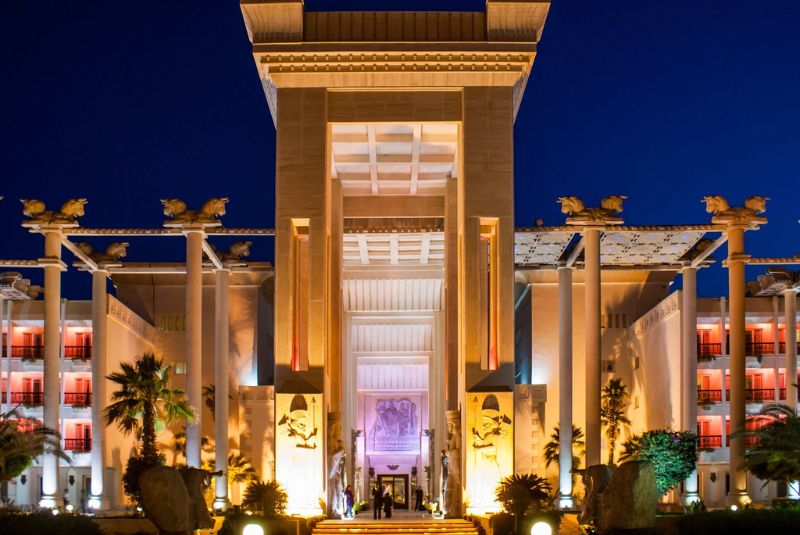
Luxurious hotels with modern amenities and scenic views line the coasts of key islands like Qeshm, Kish and Hormuz. These establishments offer a blend of comfort and elegance, often featuring restaurants, pools, and spa facilities.
Secluded resorts provide a tranquil retreat amidst the natural beauty of the Persian Gulf Islands. Offering beachfront locations, these resorts focus on providing a serene atmosphere and often include recreational activities, making them ideal for both relaxation and adventure.
For those seeking a more intimate and locally immersive experience, guesthouses on the islands offer a chance to connect with the warmth of Persian Gulf hospitality. Run by locals, these accommodations provide a unique insight into the islanders' way of life, offering personalized services and a friendly atmosphere.
- Popular and Well-Reviewed Options:
- Toloo Kavir Hotel (Qeshm)
- Stars Valley Eco-Lodge (Qeshm)
- Hormuz Grand Hotel
- Ghal'e Roodkhan Traditional Hotel (Hormuz Island)
- Dariush Grand Hotel (Kish)
- Pars Hotel Kish
- Shayan International Hotel (Kish)
| Discover: Best 5 Star Hotels In Iran + Pics
Weather and Best Times to Visit
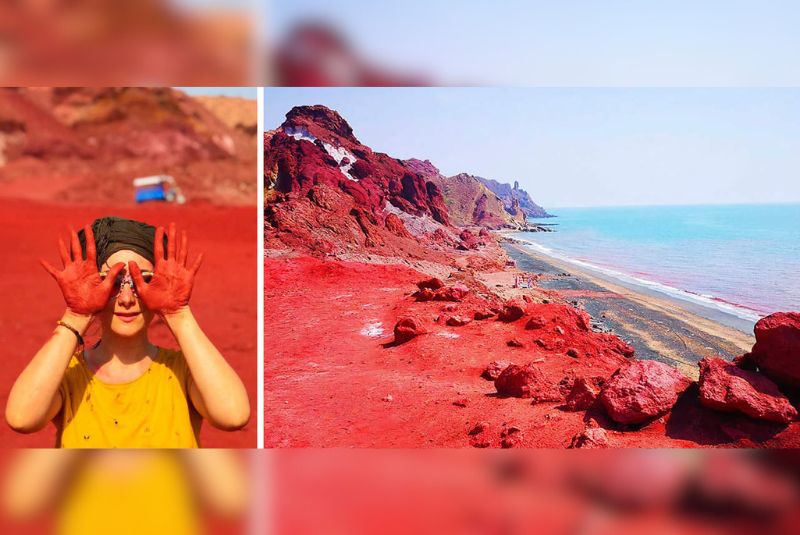
The Persian Gulf Islands experience a subtropical climate, relatively mild temperatures, with distinct seasons including warm to hot summers and mild winters, making the weather a significant factor in planning your visit.
Best Times to Visit:
- Fall (October to November): Pleasant temperatures and lower humidity make fall an ideal time to explore the islands.
- Spring (March to May): Mild temperatures and blooming landscapes create a vibrant atmosphere.
- Winter (December to February): Although cooler, winter offers comfortable conditions for outdoor activities.
Bottom Line
In conclusion, the Persian Gulf Islands in Iran offer a captivating blend of natural wonders, rich history, and warm hospitality. These islands invite travelers on a unique and enriching journey. The diverse range of activities, from exploring ancient sites to indulging in seafood delights, ensures a well-rounded experience for every visitor.
Share your story!
Comment below and let us know about your Experience.
Your story inspires others!


Comment
Leave a Comment